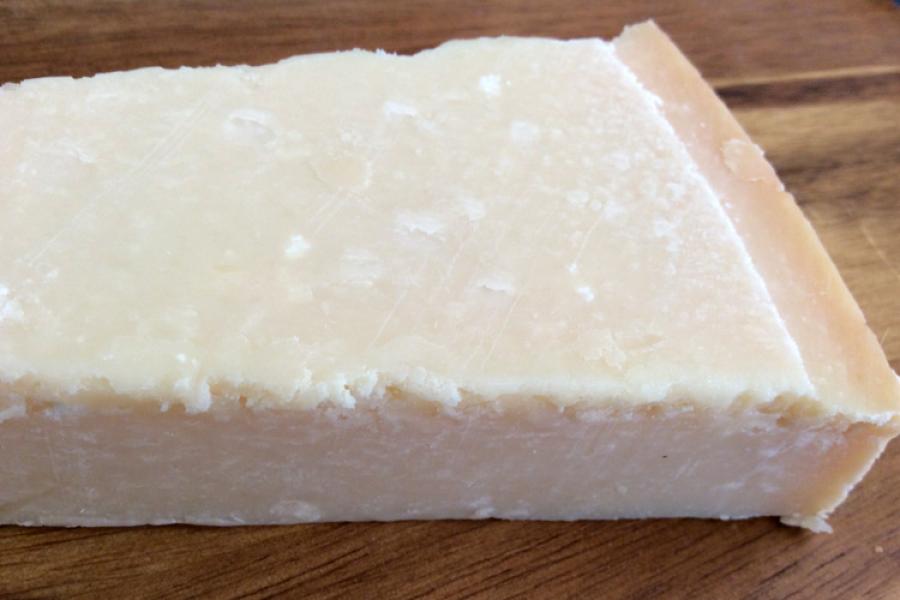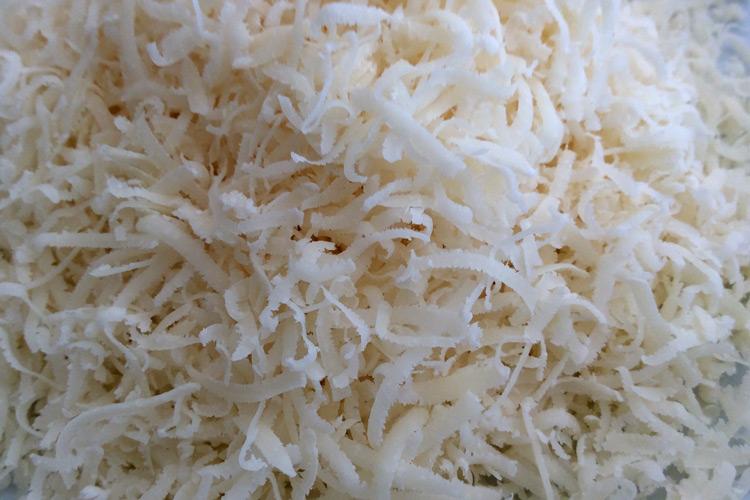Italian cheese, please
Try some Italian cheese and you will never again think it is only a poor cousin to the French.
France may have two hundred and forty six cheeses, but Italy is no slouch when it comes to this delectable dairy food. That should be no big surprise, since Italy is a land of many regions and even includes two major islands.
The Abbamare comes from Sardinia, one of those major islands. A semi-soft style, it is a delightful blend of sheep's milk and cow's milk. That's not a combination you see often in the supermarket. For another offering from this sun-drenched island, try some Formaggio Marcio. Made from sheep's milk, it's soft and mellow. But, beware! It's not for everyone, since it often contains live insect larvae who actually produce the texture.
The other major island is Sicily and it has many native cheeses to offer, including Ainuzzi. This delicious concoction of cow's milk made in Cammarata is definitely something to write home about... even if you live in Sicily.
You can eat many Italian cheeses just as they are or use them in cooking. Fontina is a prime example. It offers hints of honey that will make your fonduta stand out, or it can be served as is for dessert. Melt it over some Italian crackers and you may just want to skip lunch entirely.
Another cheese that works great in dishes like Tiramisu, a dessert cake is Mascarpone. Made from the cream skimmed off milk, this white, creamy treat is super as a spread, too. Take care, though. With a fat content nearly 75% a little goes a long way.
For something cheesy but quite a bit lower in fat content, try a little Romano. A frequent contributor to a great Italian recipe, it has only 27% fat content. But don't let that low number fool you. It is all taste. You might see it labled as Pecorino Romano, but pecorino is nothing more than a label for any cheese made from sheep's milk. Mmmm.... smooooothhhh.
There is also Pecorino Romagnolo; this is a soft, spreadable cheese from the Romagna area, which is part of the Emilia-Romagna region. It's known for its creamy texture and mild, slightly tangy flavor.
The Squacquerone di Romagna is another soft, spreadable cheese from the Romagna area. It's known for its creamy texture and mild, slightly tangy flavor. Goes wonderfully well with the local ham, salami and mortadella on a charcuterie and cheese board.
Want something with a little more zing? How about a goat's milk cheese? Caprino is the perfect choice, then. Nothing can compare to a Caprino fresca for fresh, tangy flavor. With its brownish or reddish tinge (Remella or Cavalese style) it also adds a bit of color to the table.
Of course, who hasn't heard of Parmesan, or as it's known locally, Parmigiano? Hailing from northern Italy, it works great grated over spaghetti, as everyone in the world knows by now. But it is also terrific in small chunks on a cracker. With its slightly tart flavor, it can satisfy that craving for salty taste like none other.
Have you heard of Grana Padano? Similar to Parmigiano-Reggiano but typically aged for a shorter period, Grana Padano is another hard cheese produced in the Po River Valley.
For another well-known variety, let's not forget about the mighty Gorgonzola. It may sound like a movie monster, but this blue-veined Italian cheese is really a puppy. A wonderful smell, but with a bit of bite. Hailing from Piedmont and the mountains of Lombardy, it is a northern delight that gourmets the world over can enjoy.
Raviggiolo is a fresh, soft cheese made from cow's milk. It's typical of the Tuscan-Romagnolo Apennines. It has a very delicate flavor and is often used in regional dishes.
Formaggio di Fossa is a unique cheese that is aged in pits (fossa in Italian). It's not produced in Bologna itself but in the nearby region of Emilia-Romagna. It has a strong, distinctive flavor. Ambra di Talamello is a specific variety of this pit-aged cheese. It's made in the town of Talamello and is known for its strong, pungent flavor.
Caciotta is a soft to semi-hard cheese made from cow's, sheep's, or goat's milk, or a combination of these. It's a common cheese in many parts of Italy, including Emilia-Romagna, and is known for its mild and creamy flavor.
Provolone, another well known Italian cheese, is made in various regions of Italy, and Provolone Valpadana is a specific variety. It´s a semi-hard cheese with a smooth texture and can range in flavor from mild to sharp, depending on aging.
Similar to mozzarella, Scamorza is a semi-soft, white cheese made from cow's milk. It can be found in both a fresh version and a smoked version (Scamorza Affumicata). It's used in various dishes and is known for its excellent melting qualities. Goes well in a sandwich with porchetta.
Stagionato in Botte is a unique cheese aged in barrels, giving it a distinct flavor. It's a hard cheese, often made from cow's milk, and has a rich, intense taste.
Burrata is a fresh cheese, similar to mozzarella, but filled with cream and softer, stringy curd. It's known for its rich, buttery flavor and is often served fresh with salads, prosciutto, or bread.
Blu di Bufala is a relatively newer addition, this is a blue cheese made from buffalo milk. It's rich and creamy with a distinct blue veining and a strong, tangy flavor.
Italian breads and cheese
Pasta, the basics of a great food
Fetuccine in the manner of Alfredo
Italian recipes, including Sicilian sauces


